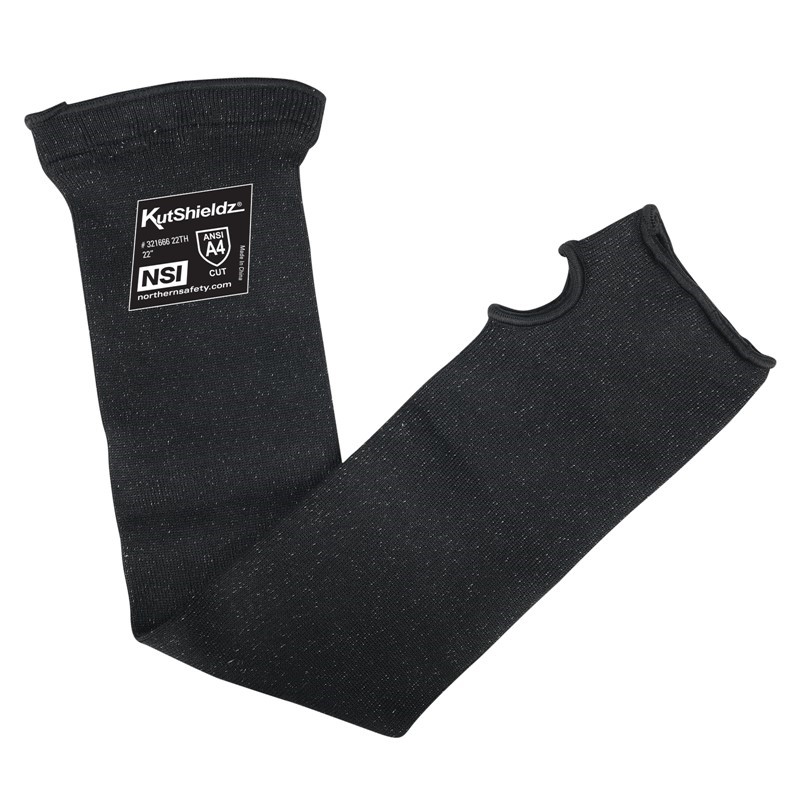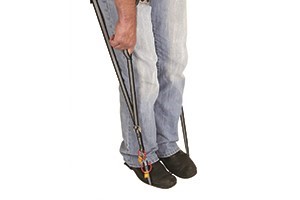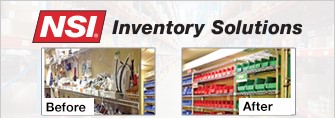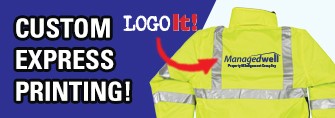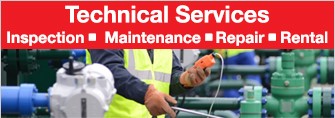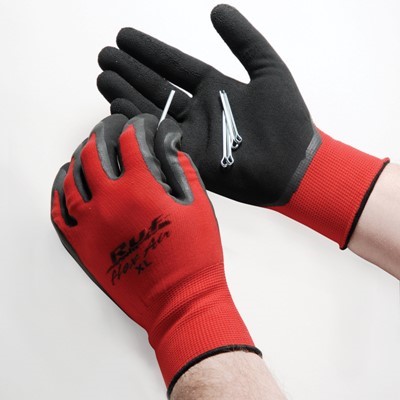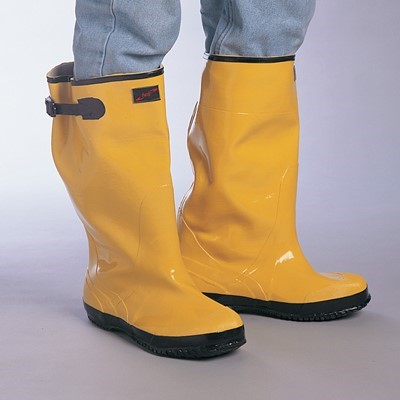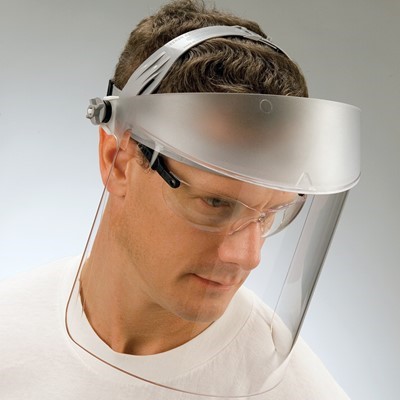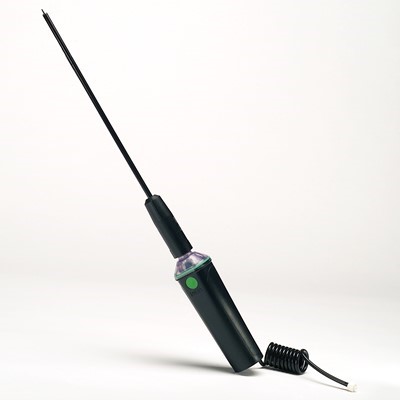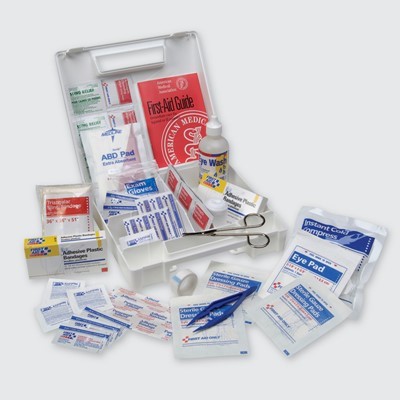
The utility industry maintains the infrastructure needed to provide electricity, gas, and water, including wastewater and sewage, to the entire country. Over 500,000 people are employed performing field repairs, keeping water flowing safely through pipes, and tending to power lines. These workers face many challenges in their day-to-day job activities, including electrocution hazards, falls from height, and long hours on the road. The industry itself faces its own set of challenges like consumer demand and cost pressure. Look to us for the products and services to help you work safely, increase productivity, improve workflow, and still attain long-term growth and profitability.
If you'd like to learn about the benefits of working with a team that's dedicated to helping you achieve more, contact us by calling: 1-800-568-2764 or CLICK HERE
Health & Safety Hazards
Slips, Trips, and Falls
There are numerous hazards in the utilities industry that could cause slip, trip, and fall accidents. To keep themselves out of the ER, employees should wear footwear with non-slip soles that provides adequate traction and is appropriate for the work conditions. Avoid falls by keeping walkways free of clutter, using ladders properly, and utilizing guardrails, scaffolding, and personal fall arrest systems (PFAS) when necessary.Struck By/Caught In/Caught Between Incidents
Utility employees work around heavy, powerful objects and machinery. Pinch point accidents can also cause painful injuries, with poor lighting being a contributing factor as well. Hard hats, steel toe footwear, and safety eyewear are among the personal protective equipment (PPE) that prevents injury.Musculoskeletal Disorders (MSD)
When workers lift heavy objects, reach overhead, bend into awkward positions, or perform repetitive tasks, they are prone to painful MSDs. These conditions include sprains, strains, and other damage to muscles, ligaments, nerves, and tendons. These injuries, and their accompanying costs, can largely be prevented by applying ergonomic principles.Electrical and other Hazardous Energy
Uncontrolled electrical or hazardous energy can harm workers if machinery isn't operated or maintained correctly. Both operational and lockout/tagout (LOTO) procedures should be followed at all times. Utilizing proper head protection, gloves, and clothing can significantly reduce the likelihood of employee injury should an accident occur.Confined Spaces
Utility employees may have to work in tanks, manholes, sewers, and in other situations where there is limited entry/exit and unfavorable air quality. These confined spaces may be oxygen-deficient or contain toxic, combustible fumes and must be tested prior to entry. It's crucial that workers be protected with air ventilation systems, personal gas monitors, lighting, PPE, and rescue equipment.Biological Hazards
Those who work with wastewater may come in contact with fungi, parasites, viruses, and bacteria that could cause illnesses like hepatitis, typhoid fever, and salmonella. Employers must follow the hierarchy on controls to eliminate these hazards. Employees should operate according to best practices, follow proper procedures, and wear PPE to help reduce risk.Combustible Dust
Workers who are exposed to combustible particulate matter face fire and explosion risk. Employers must develop and implement a combustible dust inspection and control plan and work to eliminate or reduce sources of ignition.Extreme Temperatures
Some utility employees may be exposed to excessive heat and cold, making their jobs more difficult and putting them at risk for illness. High heat and humidity cause dehydration, heat stress, and even heat stroke. Frequent breaks, proper hydration, and air circulation help workers stay well. Cold temperatures may lead to frostbite and hypothermia. Wearing warm gloves and clothing reduces risks.Burns
When electric currents come in contact with the body, it can cause electrical burns. Workers must use proper LOTO procedures, be cognizant of live wires, use insulated tools, and proper clothing and gloves.Noise
Plant employees are often in loud environments. Prolonged exposure to both loud noise and sudden bursts of noise heavily impact hearing. OSHA requires employers to address hazards to hearing. Controlling noise exposure and using ear plugs and ear muffs prevent hearing loss on jobsites.Chemical Exposure
Burns, dermatitis, and inhalation sickness can affect those who work with dangerous chemicals. Workplaces with hazardous chemicals must use engineering and administrative controls, identification labels, safety data sheets (SDS), and employee training to limit exposure. Gloves, sleeves, coveralls, respirators, and spray socks are examples of helpful PPE.Hydrogen Sulfide
H2S is highly toxic and flammable, making it a concern among workers. It can cause headaches, nausea, unconsciousness, difficulty breathing, and even death. Employers should use engineering and administrative controls to protect people. Ventilation procedures and PPE also lower exposure.Regulations
Recognizing and controlling hazards is essential in averting injuries and deaths among utility workers. To prevent these incidents and remain compliant, safety programs should be structured according to Occupational Safety and Health Administration (OSHA) regulations. A successful program should encompass the hierarchy of controls, training on operational procedures and risks employees might encounter, as well as proper personal protective equipment (PPE). Read below about some of the regulations put in place by OSHA.





















